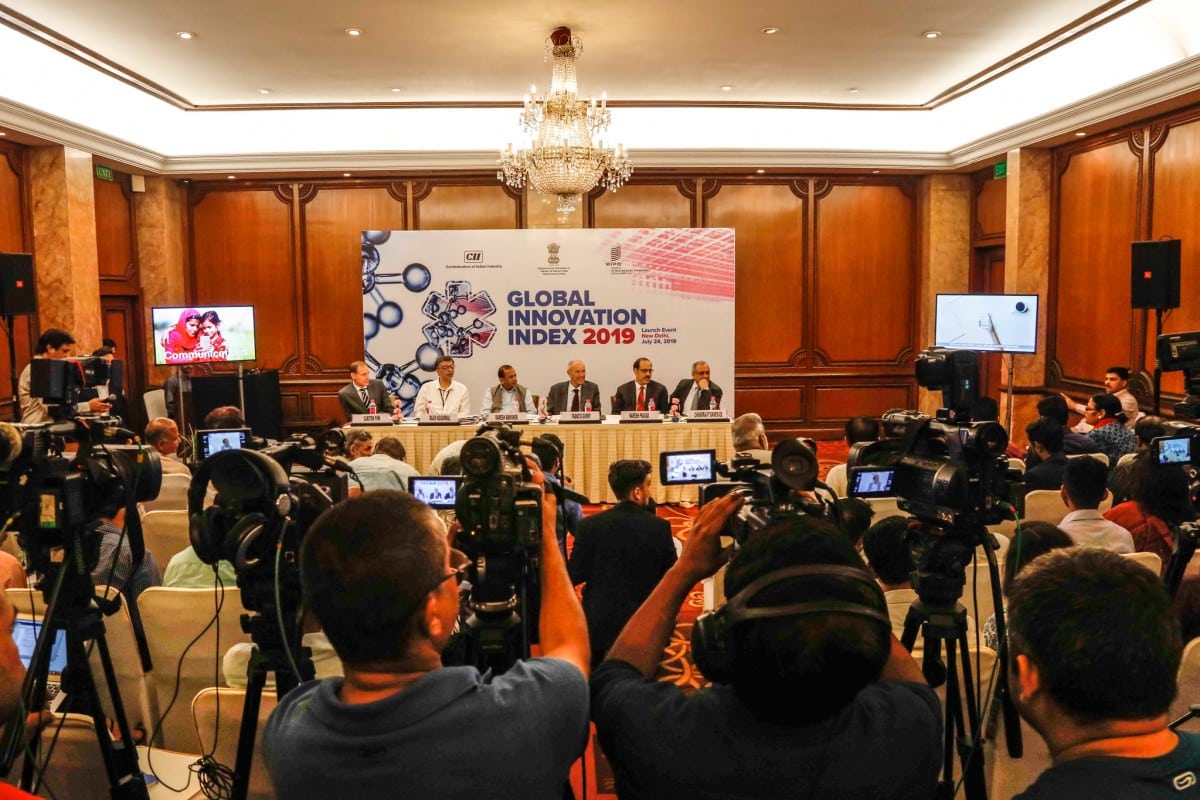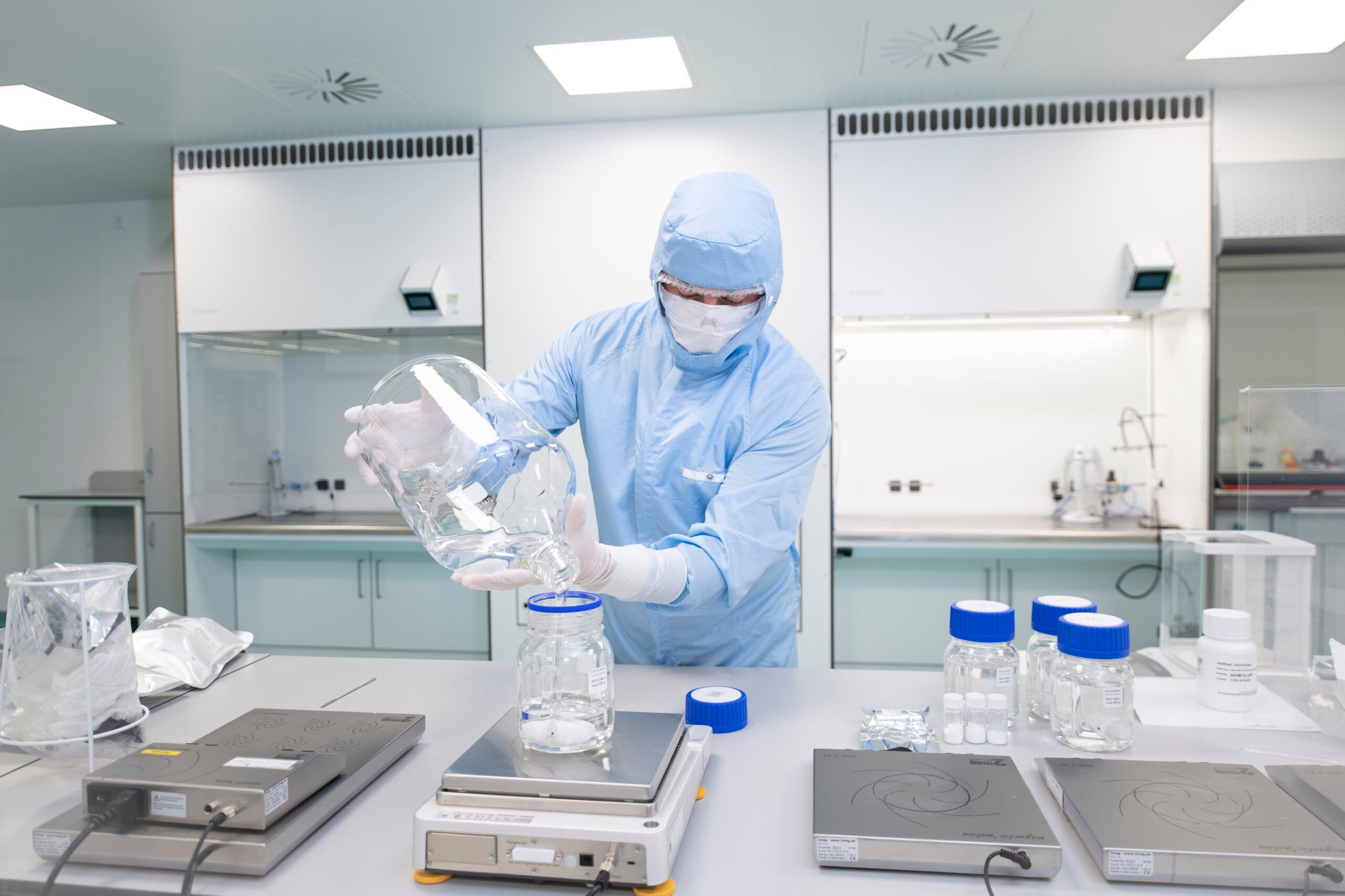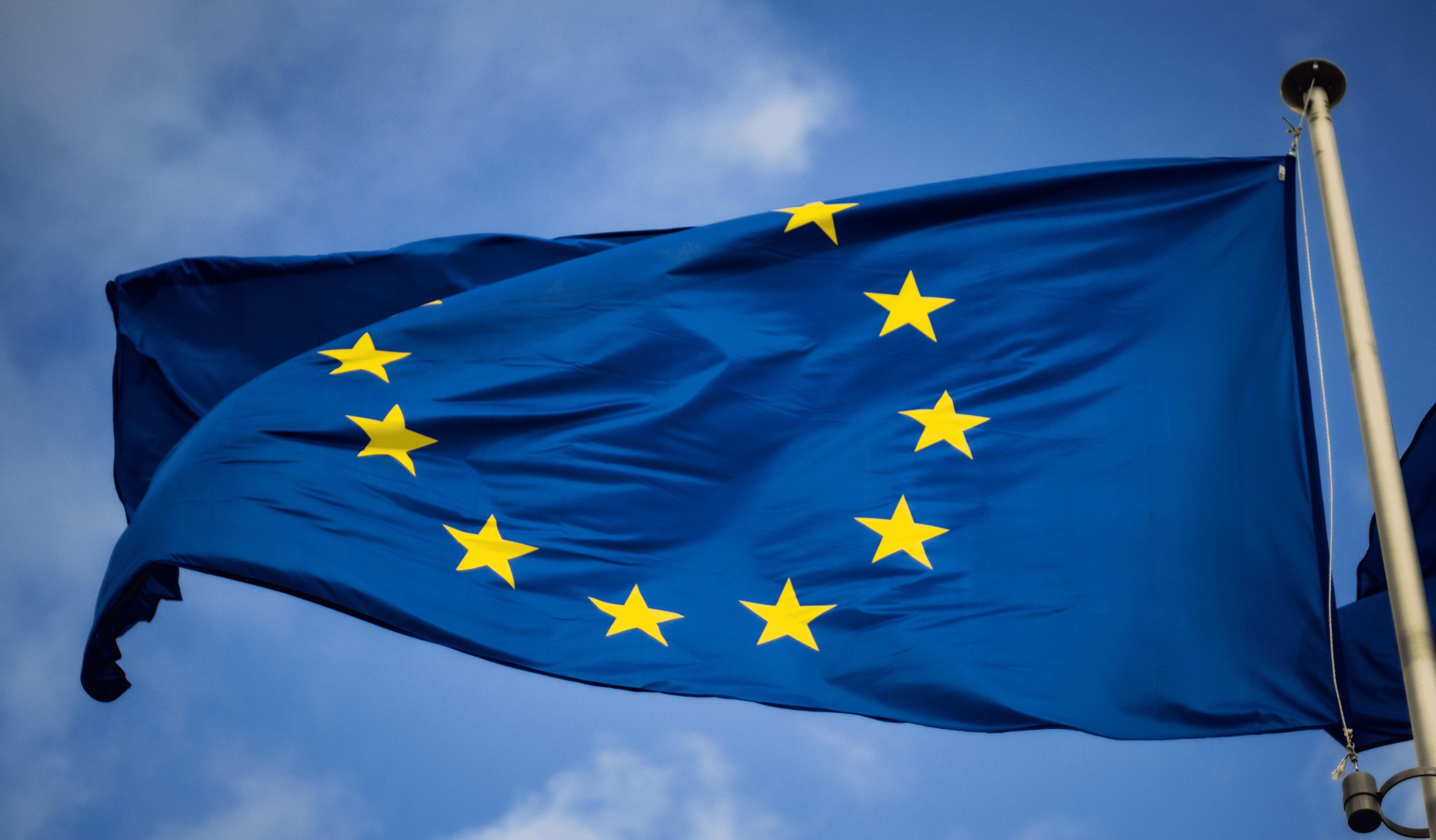
Switzerland is the world’s most-innovative country, followed by Sweden, the United States, the Netherlands and the United Kingdom, according to the 2019 edition of the Global Innovation Index (GII). Twelve of the top 20 GII economies are in Europe. The Netherlands lost two places (from second to fourth), Germany is stable at place 9.
Switzerland tops the GII for the ninth consecutive year. Its solid strong performance translates to excellent innovation outcomes including patent applications, IP receipts and high-tech manufacturing products. Sweden is the second-ranked economy worldwide, thanks to its developed infrastructure, an innovative business sector and outputs from knowledge and technology. The GII is initiated by the World Intellectual Property Organization WIPO.

Now in its 12th edition, the GII aims to help policymakers better understand how to stimulate and measure innovative activity, an important driver of economic and social development. The GII 2019 ranks 129 economies based on 80 indicators, from traditional measurements like research and development investments and international patent and trademark applications to newer indicators including mobile-phone app creation and high-tech exports.
The world’s top five Science and Technology clusters: Tokyo-Yokohama (Japan); Shenzhen-Hong Kong, China (China); Seoul (Republic of Korea); Beijing (China); San Jose-San Francisco (U.S.).

The GII 2019 also looks at the economic context: Despite signs of slowing economic growth, innovation continues to blossom, particularly in Asia, but pressures are looming from trade disruptions and protectionism. Sound government planning for innovation is critical for success, the report says. “The GII shows us that countries that prioritize innovation in their policies have seen significant increases in their rankings,” said WIPO Director General Francis Gurry. “The rise in the GII by economic powerhouses like China and India have transformed the geography of innovation and this reflects deliberate policy action when it comes to promoting innovation,” said WIPO Director General Francis Gurry.
Among notable GII key findings:
- The global landscape of science, innovation, and technology has undergone important shifts over the last decades. Middle-income economies, especially in Asia, are contributing more and more to global research and development (R&D) and international patenting rates via WIPO’s International Patent System;
- The GII 2019 shows that public R&D expenditures – particularly in some high-income economies – are growing slowly or not at all. This raises concerns given the public sector’s central role in funding basic R&D and blue-sky research, which are key to future innovations;
- Increased protectionism poses risks. If left unchecked, it will lead to a slowdown of growth in innovation productivity and diffusion across the globe;
- Innovation inputs and outputs are still concentrated in very few economies. Divides also persist in how effectively economies obtain a return on their innovation investments. Some economies achieve more with less;
- Most top science and technology clusters are in the U.S., China, and Germany, while Brazil, India, Iran, the Russian Federation, and Turkey also feature in the top 100 list. The top five clusters: Tokyo-Yokohama (Japan); Shenzhen-Hong Kong, China (China); Seoul (Republic of Korea); Beijing (China); San Jose-San Francisco (U.S.).
“While the Global Innovation Index ranks economies according to their innovation capacity and performance, it also provides valuable insights into the dynamics of global innovation,” said Soumitra Dutta, Former Dean and Professor of Management at Cornell University, a GII co-publisher.”It highlights economies that excel in innovation and those that are more successful in translating investments in innovation inputs into innovation outputs. Lessons from these innovation leaders provide useful guidance on innovation policy for others.”








